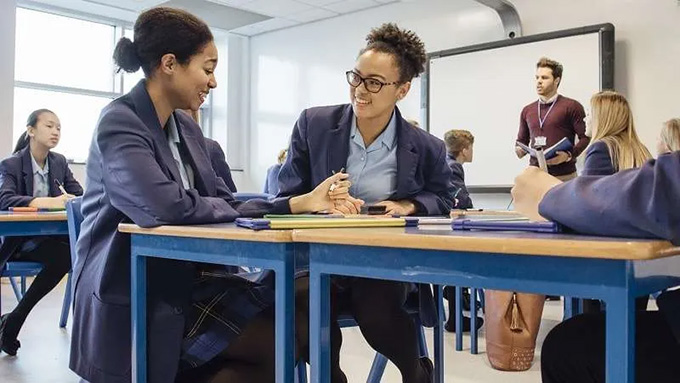
The word motivation appears in an unavoidable way in any interview between a teacher and the family of an adolescent student: “It is that he is not motivated.” It is the moment in which the teacher begins to notice some concern and to assume that the interview may not achieve the objectives that are proposed in any applied tutoring manual.
Many parents feel insecure and powerless in the face of the changes that adolescence produces in their children. The grades are not what they were and fear begins to appear at home under the idea of the so-called “school failure”.
What influences motivation?
The study of motivation has been developed by researchers around the world, finding different motives that influence young people according to their cultural background, family and classroom environment, as well as those derived from personal aspects such as the image they have. of oneself.
Motivation is an emotional state . Since adolescence is a period of immaturity where emotions become more uncontrollable and difficult to manage, we can imagine that it is the perfect time for internal conflict and with the world.
Is motivating a teacher’s task?
In the classroom, the teacher meets more than twenty adolescents, usually with low interest in their studies and in what the school can offer. There is no total uniformity in this aspect, since different levels of motivation can be found but, in general, the “will” is reduced with respect to childhood years.
The influence of age and the moment of psychological maturation is part of the explanation of this phenomenon, which is reflected, for example, in the fact that interest in rewards in the long term is smaller than in previous stages.
A medium-term goal
Human learning is such a process that trying to make it quick, easy and uncomplicated is a real and catastrophic mistake. Today movements are appearing that advocate a slow and leisurely time for children’s learning, looking for guidelines and a space where each child is allowed to learn, following her rhythm.
It is clear that we cannot fall asleep, but will we not be, in this world of speed and immediate objectives, leaving aside what learning really entails?
We must not forget, in addition, the complexity of the human being , nor the time in which we live, in which everything is fast and automatic. We are immersed in a difficult world for young people. Easy at times, and highly overprotective too . This is understandable but not acceptable, since there are already difficulties in human development that are reflected in school and at higher levels.
Closeness, trust and coexistence
In the classroom, both for children and adolescents, it is still important to be close to the students and to know their concerns, their tastes and their dreams. This is not easy in the adolescent stage, since the adolescent turns almost completely to his friends and his companions. Family and teachers go into the background. Some even become hermetic and isolate themselves, seeing the adult world as a threat or as something outdated and at odds with their interests.
Confidence and the conviction that time and coexistence will benefit everyone is fundamental. It must be taken into account that in adolescence, the times of learning, of change, of improvement in general, are dilated, sometimes in a maddening way. Patience is a must. Not giving up and continuing with the hope that things will come together and bear positive fruit, surprising and exciting us.
Connect through music
Working with adolescents entails high doses of illusion, desire and confidence. The age of the students must be kept in mind at all times, “the age of the turkey”. If you look at it with perspective, the changes that take place as time goes by are usually impressive.
It is necessary to look for resources that can connect with your preferences, for example, music. It is essential to be up to date because it offers us tools that, adapted to the corresponding educational stage, can attract their attention and interest.
The use of different ways of working in the classroom, such as group cooperative learning, also brings many benefits at an academic, personal and social level . After the cooperative process, if followed carefully and patiently, the results can be almost magical.
In conclusion, it is essential not to give up. Also closeness, patience and hope, careful preparation of the materials and everything necessary for classroom work, constant updating and, of course, dialogue and mutual respect.
Author Bio: Ana Cristina Formento Torres is an Associate Professor at the University of Zaragoza